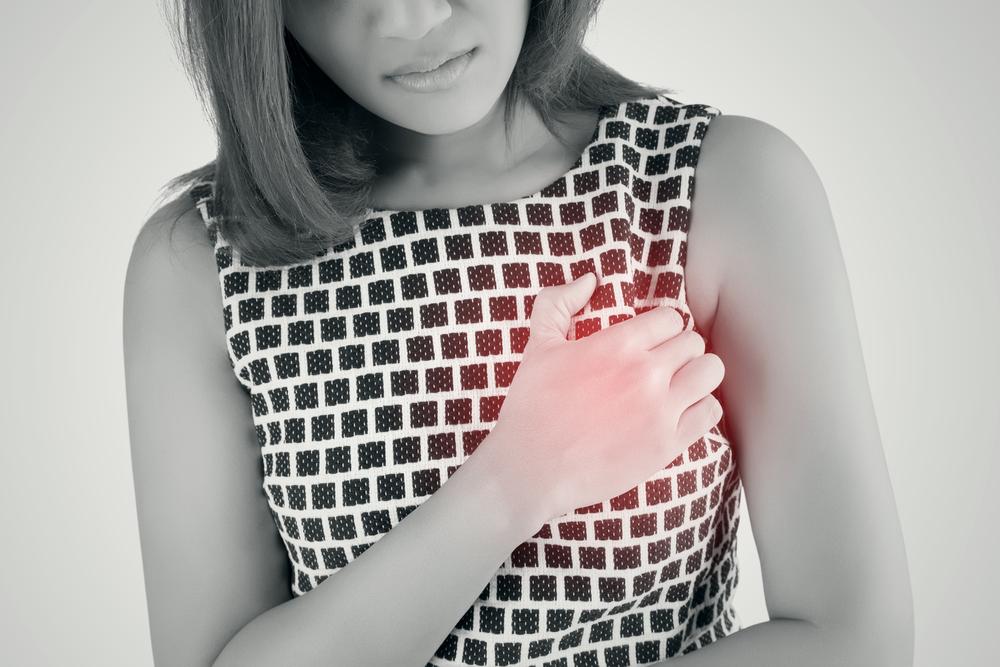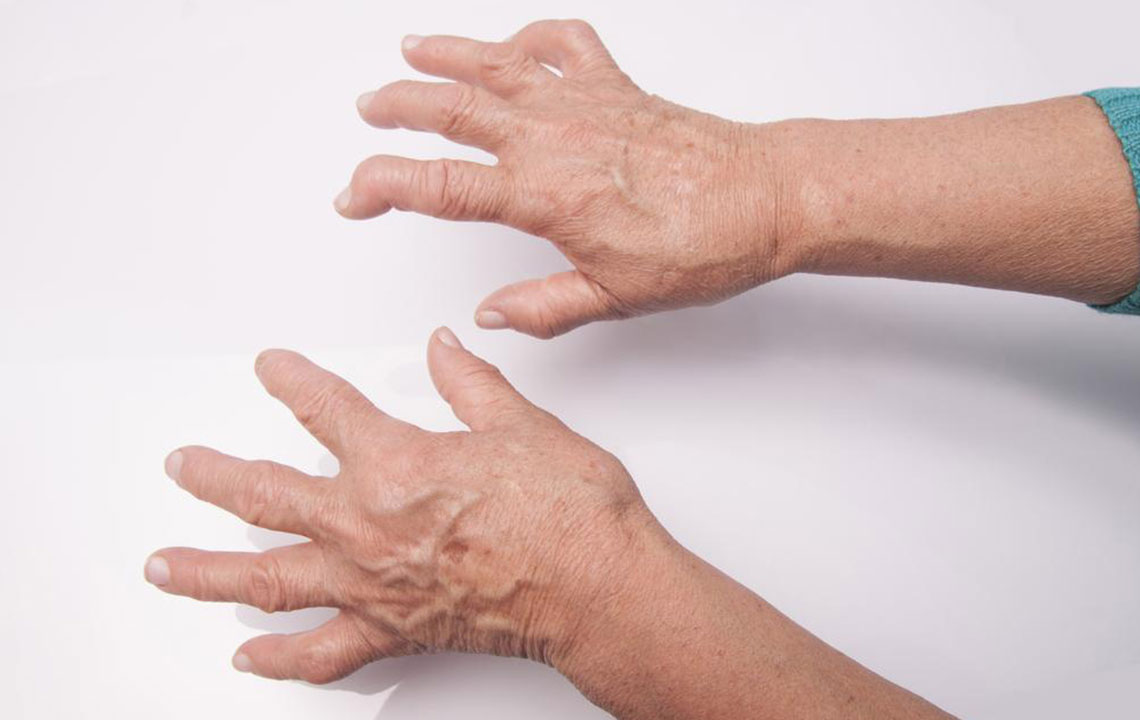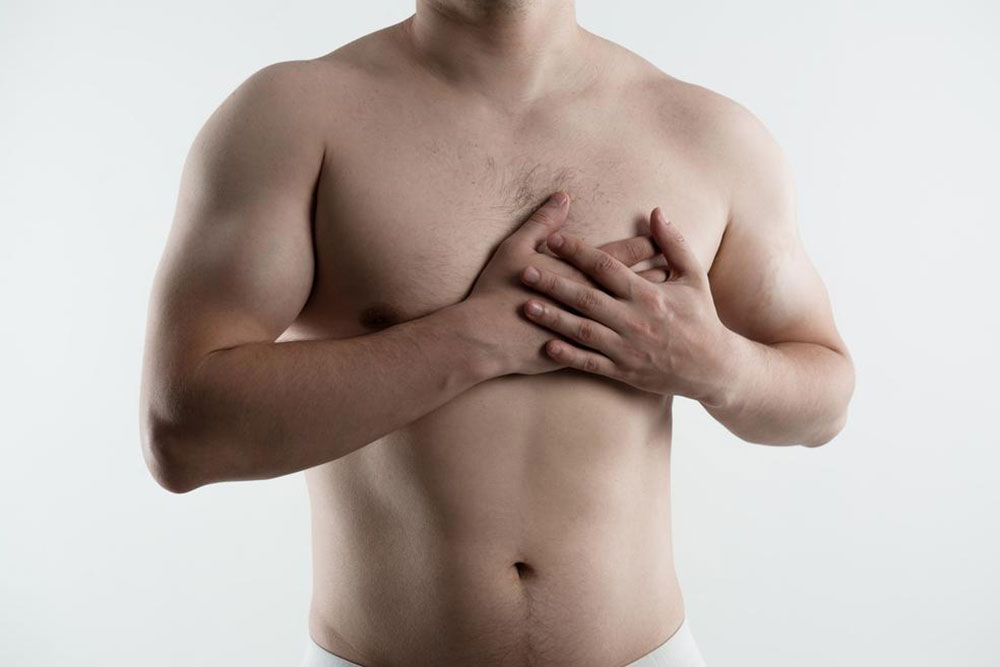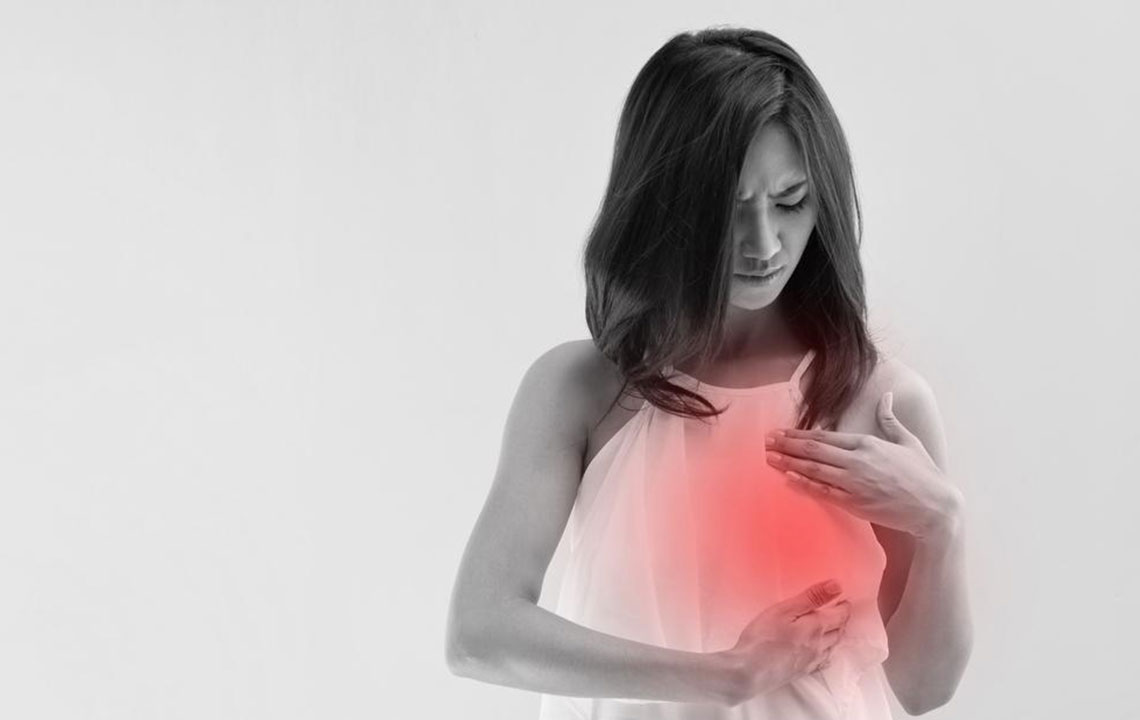Recognizing the 5 Key Symptoms of Breast Cancer
Early detection of breast cancer relies on recognizing key symptoms like skin thickening, dimpling, unusual nipple discharge, or changes in breast shape. Being aware of these signs can lead to prompt medical intervention. Regular self-examinations and consultations increase the chances of catching the disease early, improving treatment outcomes. This article emphasizes the importance of vigilance and timely healthcare advice for women to maintain breast health and detect potential issues early.

Early detection of breast cancer can be life-saving, especially if you recognize the warning signs. Staying vigilant about any changes in your breasts is crucial. In this article, we highlight five prominent symptoms that may indicate the presence of breast cancer, prompting timely medical consultation and treatment.
Localized Thickening
Not all lumps signal cancer. However, persistent thickening of the skin or the emergence of a lump that enlarges over time could be warning signs of breast malignancy. This thickening might occur on the surface or deep within the breast tissue, often caused by tumors blocking blood flow or lymphatic channels near the skin.
Image source:
Skin Dimple or Depression
While slight dimpling can occur due to tight clothing, persistent skin indentation that doesn't fade might be an indicator of breast cancer. Tumors pulling the skin inward can cause such dimples, especially when located near the surface.
Redness or Warmth Suggesting Infection
Infections are common in breastfeeding women and usually respond to antibiotics. If redness, warmth, or swelling persists despite treatment, it could signify blockages caused by cancer cells, leading to inflammation.
Nipple Discharge Without Squeezing
While nipple discharges can be benign and associated with infections, cysts, or pregnancy, spontaneous discharge—especially blood-streaked—is a critical warning sign of possible breast cancer.
Changes in Breast Shape or Size
Normal variations can occur, but a sudden change in shape, size, or contour—such as swelling, flattening, or drooping—should prompt medical evaluation, as these may point to an underlying malignancy.
Note:
Our blog offers diverse health information. However, the provided content should not replace professional medical advice. Always consult a healthcare provider for accurate diagnosis and treatment options. The site does not assume responsibility for discrepancies or unlisted offers that may be more beneficial.










